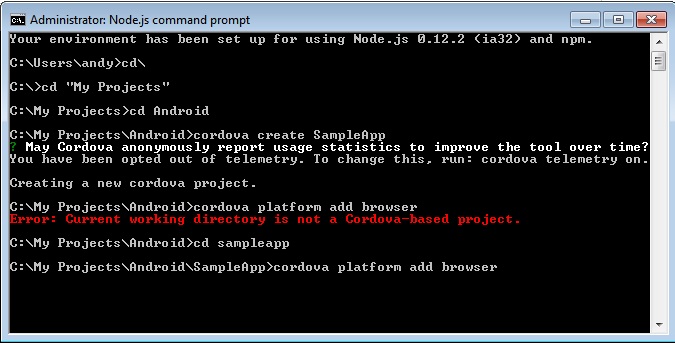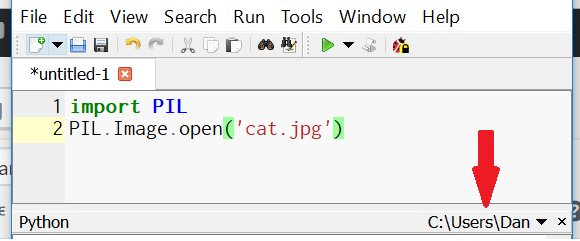
- RAPIDSVN COULD NOT SET CURRENT WORKING DIRECTORY HOW TO
- RAPIDSVN COULD NOT SET CURRENT WORKING DIRECTORY SOFTWARE
- RAPIDSVN COULD NOT SET CURRENT WORKING DIRECTORY WINDOWS
The DIRECTORY_FOR_CHECKOUT is the name of a local directory on your computer. The machine you use the svn tools, you can leave out the part. If your login name on the machine in question is the same as on Must of course have direct access to the repository in question.
RAPIDSVN COULD NOT SET CURRENT WORKING DIRECTORY HOW TO
Moreover, how to setup and administrate a Subversion repository is onlyĬovered very basically.

Please map these informationįor TortoiseSVN by yourself as the commands are titled mostly the same This short introduction to the use of subversion concentrates on theĬommandline client (svn) of subversion. Linux distribution already provides the subversion-package for you. If you are using Linux, check whether your Both Subversion and TortoiseSVN areĪvailable with an installer.
RAPIDSVN COULD NOT SET CURRENT WORKING DIRECTORY WINDOWS
This tool integrates into the Windows Explorer and can be used via theĬontext menu (right mouse click). For Mirosoft Windows, there exists a GUI-Application called TortoiseSVN. System that is a compelling replacement for CVS in the open source The goal of the Subversion project is to build a version control

On the departmental Linux systems, a number of tools for and GUI interfaces to Subversion are installed: cvs2svn, esvn, latex-svninfo, rapidsvn, kdesvn. Reprint and modification on this Web page with friendly permission of the original author. The original version of this Web page was written by Lorenz Froihofer and found on.
RAPIDSVN COULD NOT SET CURRENT WORKING DIRECTORY SOFTWARE
I'm convinced there is something wrong that is so obvious that no one has thought to mention it in the literature.Home > Computersystemen > Software packages > CVS/Subversion/Git Short Introduction to Subversion Yet the SVN environment works like a dream, plink and putty work perfectly, and the SVN root path I pulled directly from the svn info line (minus the extraneous file:/// prefix).

The end result of about 2-1/2 weeks of effort is the message "Unable to connect to a repository at URL. I've tried every single step in every HowTo/FAQ/TortoiseSVN blurb out there (save some that require root privileges on the server in order to tamper with the /etc/svnserver parameters), and so far absolutely nothing works. In theory, if the puTTY ssh config is working, you should be able to hook up via the inclusion of a 'load ' on the TortoisePlink command line you drop into the Settings->Network->SSH Shell entry. The SVN on the server can be perfectly OK and viable, yet the TortoiseSVN hookup craps out gloriously. You'd access this with an svn+ssh:// URL.Ī couple of issues here - there are some fairly intricate certificate/PVT key operations which while perfectly acceptable for plink/pageant may be going haywire. This also requires some wrangling to get the SSH connectivity working - last time I messed with it it involved feeding tortoise the plink.exe file from PuTTY. But, since it's using the linux users, you'll need to jump through some hoops to lock down any user that you want to have SVN access but not shell access. This option uses the SSH setup that you've probably already got configured in this way it gets good authentication and encryption. You can configure security (authentication and encryption) in the web server, as well as access controls this is probably the most flexible of the options for this reason. This option requires a web server - probably Apache, with the mod_dav_svn module. You'd run the service (which is probably installed already on your server) and then run the checkout with an svn:// URL. It's pretty basic it can enforce permissions settings but has no encryption for its network traffic (including passwords). This is a simple service that runs on port 3690 that allows access to your repository. You'll need something to serve the repository to remote nodes.


 0 kommentar(er)
0 kommentar(er)
